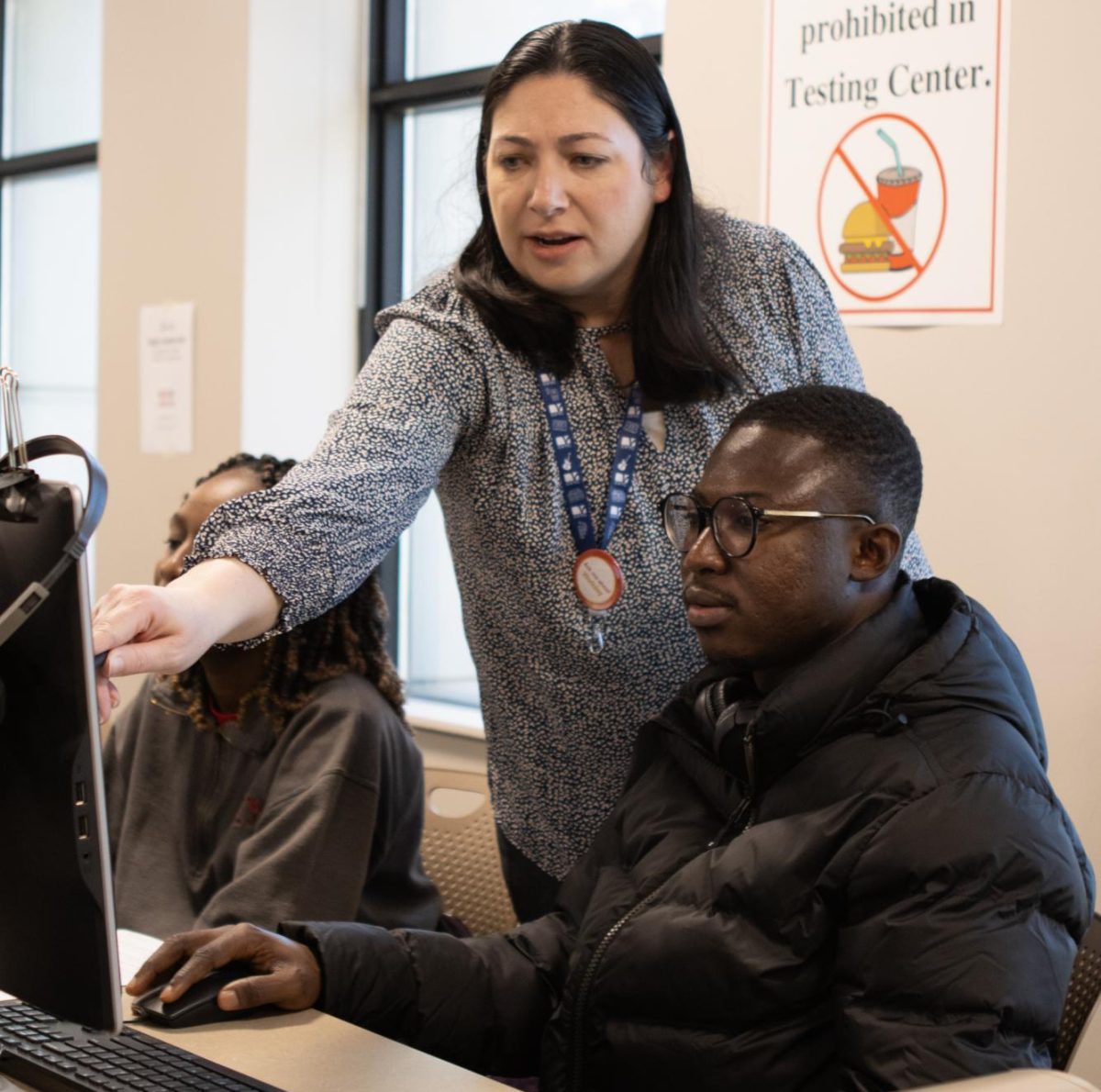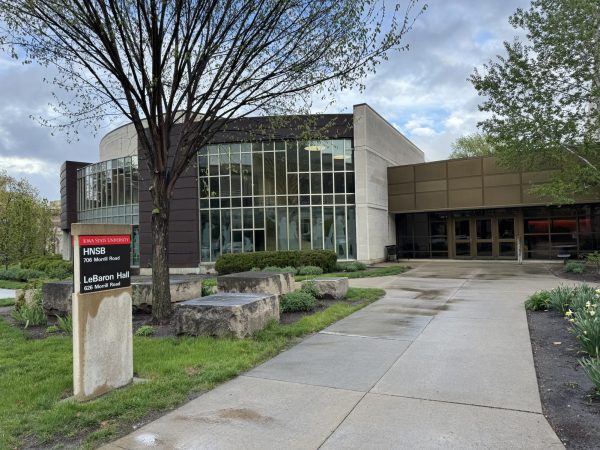Robots may take the farmer out of the field
June 28, 2007
Iowa State is a university based on a foundation of agricultural studies, and yet, many students have probably never ridden in a combine.
In the future, they may not have the chance to.
Nicola Elia, associate professor of electrical and computer engineering, is hoping to eventually separate the farmer and the combine.
Elia is in the process of developing small-scale robots that will mimic the patterns of combines. As of now, he is just in the preliminary stages of the project.
Elia is interested in making robots sense other robots and allow them to make their own decisions. In other words, he is trying to make the robots completely autonomous.
The first step is getting a robot.
“With the kind of application we have in mind, we cannot buy this robot,” Elia said.
Elia is building the robot he will use from scratch. He is using designs from the famous RoboCup competition, a soccer tournament comprising only of robot competitors. RoboCup is an annual event featuring teams competing from around the world.
“Very good robots have been produced from this tournament,” Elia said.
He will be borrowing the Cornell University design and adapting it for his project’s use.
At the moment, Elia is searching for the parts for the first robot. These include electronics, batteries, hydraulics and a motor.
The design of the robot has been, for the most part, decided. The robot will have four wheels and be similar to a lightweight car – basically a rectangle or square with wheels attached.
The problem Elia wants to solve is incorporating robots to act like the agricultural machines when they won’t look like them.
A light car is a far cry from a combine. Plus, the wheels on the robot will be omnidirectional, meaning they will be able to move in any direction.
The omnidirectional wheels allow the robots to have three degrees of freedom on a plane. The degrees of freedom are forward translation, lateral translation and rotation.
Forward translation allows for forward and backward movements. Lateral translation lets the robot travel side-to-side without turning. The robot will also be able to rotate 360 degrees.
The omnidirectional wheel system was and still is very successful on the Cornell RoboCup team, according to the 2004 Cornell RoboCup mechanical documentation. An omnidirectional wheel looks like one large wheel made up of smaller wheels, which is what allows it to move in any direction.
In the short term, Elia wants to see two robots built that are capable of communicating with each other. From there, Elia hopes to see the number of robots increase.
After these goals are completed, the next step is to get the robots working in a formation with each other. The hope is that a fleet of robots working together will be able to complete more than one task.
The first robot is estimated to be completed between August and September, Elia said.
This research is working on the future, said Arun Somani, professor and chairman of electrical and computer engineering.
“What Elia has shown is that communication between robots is possible,” Somani said. “The next step is decision-making and if it can be done in real time.”
After the robots are able to make decisions, the second stage is converting them to a practical system and cutting the decision-making time.
Chad Harms, assistant professor of journalism and communication and faculty member of the Human Computer Interaction graduate program, said this is a very interesting idea.
“I think there’s a market for it,” Harms said. “It will change the skill requirement of farming.”
Even though it could change the skill requirement of farming, that may not be the most enticing feature.
“It has a lot of potential in its ability to free up time,” Harms said. “It does have the potential of changing farming forever.”
Not all farmers are ready to leave the fields. Grant Cunningham, owner of Rock Falls Grain Company and farmer from Nora Springs, works 12-hour days.
“I work as long as I can stay awake,” Cunningham said, laughing.
Although he has long work days, he said he doesn’t like the idea of robots doing the work for him.
“I think it would probably ruin farming,” Cunningham said.
On the other hand, Galen Montag, a farmer from Nora Springs, said technology saves him labor.
“I think technology is getting more and more important,” Montag said.
Montag said the main problem he has with technology on the farm is when something goes wrong.
“When technology doesn’t work, it is a pain in the butt,” Montag said.
Getting a robot combine to work perfectly in dry, dusty conditions will be tough, Montag said.
An even bigger challenge will be replacing the thousands of combines in the United States – 409,442, according to the 2002 Department of Agriculture census. Farmers will have a hard time letting the machine do the combining, Montag said.
“Farmers feel that they are the experts,” Montag said. “It will be hard for them to give up the control.”
There are other, more unsavory jobs that farmers would rather have done for them.
“Combining, to me, is the fun job,” Montag said. “I’d rather have a computer shovel out a hog lot.”
















